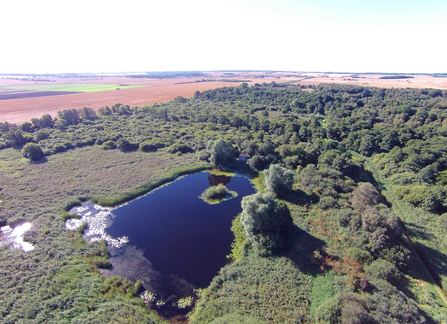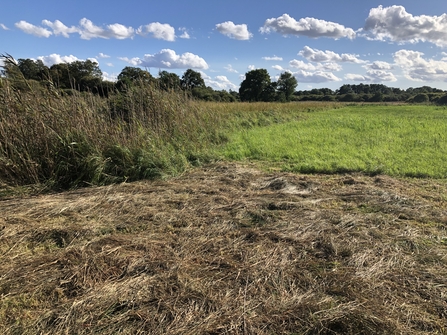This time of year (late summer into early autumn) is perhaps our busiest time of year at Woodwalton Fen as this is when we do most of our grassland management. This entails cutting the vegetation and removing the cut material. Different parts of the site are cut on different “rotations”; some being cut annually, others being left up to four years between cuts, and others still not being cut at all.
Different cutting rotations should provide a range of nutrient conditions across the site. Different plants grow best with different levels and ratios of particular nutrients in the soil, so with this strategy we hopefully maintain high floristic diversity for the site as a whole.
However, the nutrient situation is unfortunately not just that simple. Woodwalton Fen is a wetland fed by groundwater that comes into the site from the surrounding landscape. Water coming in can be nutrient enriched, potentially from fertilisers and sewage, and can thus be counterproductive to our on-site management work. This problem really emphasises the importance of acting on landscape scales for conservation; simply managing Woodwalton Fen alone is not enough - careful management of nutrient inputs to the surrounding area is also needed to ensure we don’t lose diversity on site. It's one of the reasons we're so excited about the potential the new Peatland Progress project holds for demonstrating how the wetland crops used in paludiculture can improve water quality to the site.





